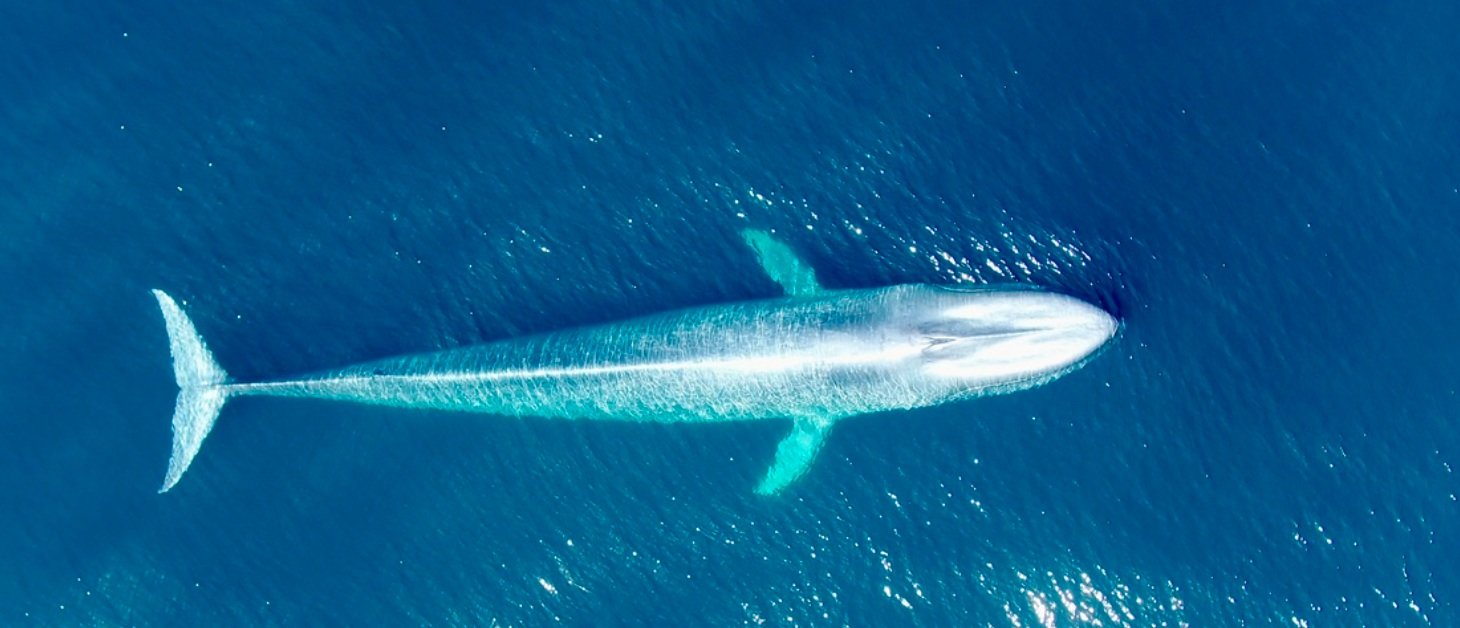
Impact on Our Marine Life
-
What are the consequences?
+ Physical disturbance and destruction of benthic habitat;
+ Modification to diversity and assemblage structure in benthic communities (including demersal fish);
+ Alteration of biogeochemical processes in the water column and on the seafloor;
+ Downstream sediment plumes potentially affecting water column organisms and productivity and seabed fauna;
+ Surface noise and light from the boats affecting seabirds;
+ Light reduction from the plumes which will impact rocky reef ecosystems including the Patea Shoals;
+ Subsurface noise affecting marine mammals and fish;
+ Any semi-permanent structures may act as artificial reefs;
+ Modification of the natural wave and current regime through removal or addition of substrate;
+ Modification of the coastal sand budget and shore mobility;
+ Risks associated with increased infrastructure, e.g. oil spills or processing vessels.
-
Which Species will be Affected?
The Bight is home to a genetically distinct and rare pygmy blue whale population: these whales have been found nowhere else.
It has been through public submission from the 10 years of hearings that the evidence of this marine life has come to light. Of particular note is a research study by the Oregon State University Marine Mammal Institute, who have used hydrophones to record Blue Whale calls in the South Taranaki Area.
The study has identified a group of pygmy blue whales that are resident in the South Taranaki Bight and do not connect to other populations of blue whales internationally.
Marine mammals are particularly vulnerable to disturbances from seabed mining, and these are already threatened species.There is also increasing evidence of significant populations of rare birds including Little Blue Penguins and Fairy Pirons in the area.
Seabird rely on healthy marine ecosystems and will be negatively impacted by seabed mining.
TTRL has not provided robust scientific monitoring of the populations of marine mammals or seabirds, after opportunity to do so with multiple appeals over the years. There is significant gaps in the existing knowledge base and then difficult to provide assessment on the impact the seabed mining will have on these populations.The Courts have all consistently upheld that the consent would result in significant adverse effects to important parts of the marine environment.
-
Can we Trust TTRL?
Trans Tasman Resources Ltd (TTRL) have continually made exaggerated or misleading representations in the media about the benefits and consequences of the proposal including:
+ A TTRL February 2022 investor presentation told investors that seabed mining would have “No impact on fish, whales or dolphins”, contrary to evidence brought by Kiwi’s Against Seabed Mining (K.A.S.M.) from the world’s expert on the South Taranaki Bight’s Blue Whales, who has published ten peer-reviewed papers about the mammals.
In refusing consent in 2014, the Environmental Protection Authority (EPA) advised TTRL to undertake marine mammal surveys in the Bight, but TTRL still has not done so ten years later.+ In November 2023 the company told investors the that the Supreme Court had ruled “in support of project”, when in fact the Court had upheld the previous two courts’ quashing of the entire consent, and sent TTRL back to the EPA to prove its new test of “no material harm.”
+ On 28 March 2024, when announcing to the ASX the company was withdrawing from the EPA hearing process Manuka Resources told investors it had “EPA environmental consents and conditions to operate approved in 2017”, making no mention of the fact the consents had been quashed by three courts.
+ Most recently, TTRL retracts statements that it had made to the NZ government and to its investors that the proposal would generate a billion dollars a year, admitting that this assertion was not based on any reliable data.
Furthermore, after engaging with the Taranaki and Manawatū community for over ten years and having that community spend time and money attending Environment Protection Authority hearings on the proposal, TTRL withdrew from this process altogether, without compensation to other parties. TTRL withdrew right before the final decision was made, thus avoiding a negative outcome for themselves.
Now TTRL have sought a consent through Fast-Track, a process by which they do not need to engage with the local community and only need to consider input from councils and iwi authorities.
Therefore, the divers’ and fishermen’s extensive knowledge which has informed decision makers in the past on where key reefs systems are, what marine life lives there, etc, are excluded from being considered.
Healthy Marine Biodiversity
Marine biodiversity, as with biodiversity on land, is a delicately linked system.
Affect one trophic tier, and it impacts the others.
We want Aoteroa New Zealand to have a diverse, abundant marine life - and we don’t want Seabed Mining to jeopardise that.


